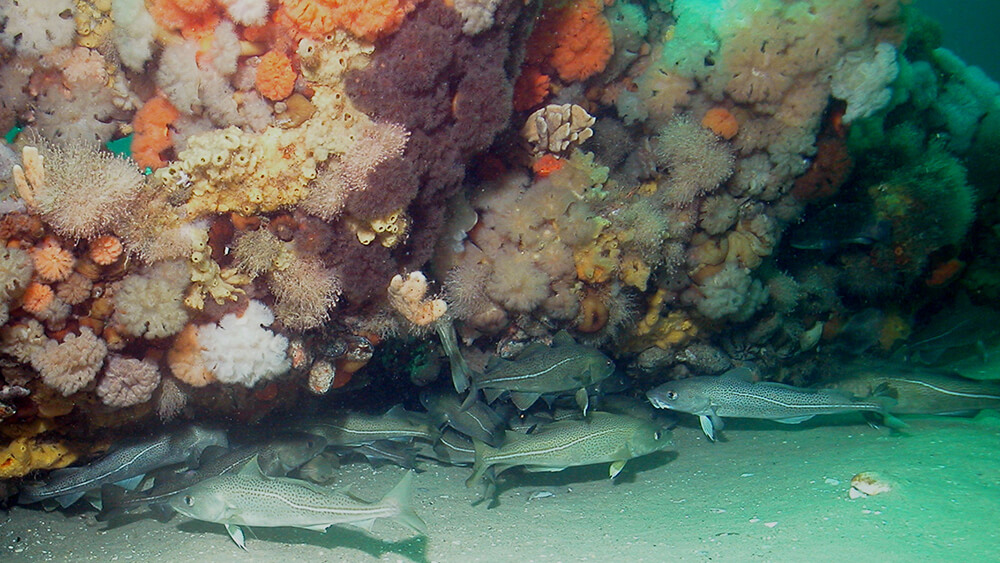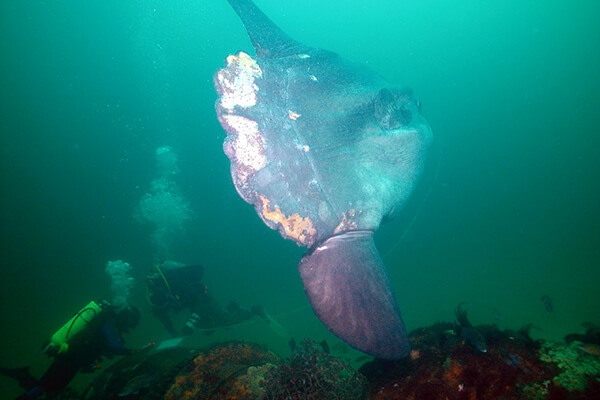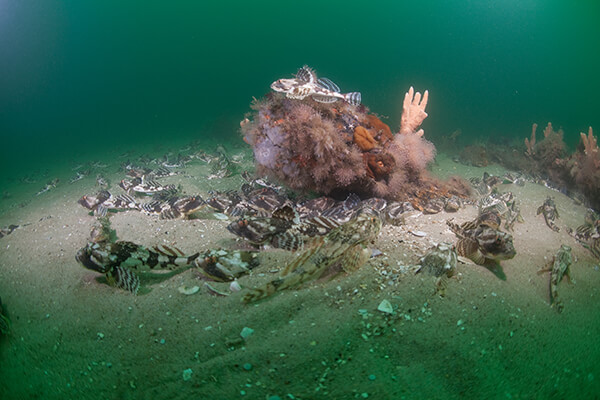Schooner Paul Palmer
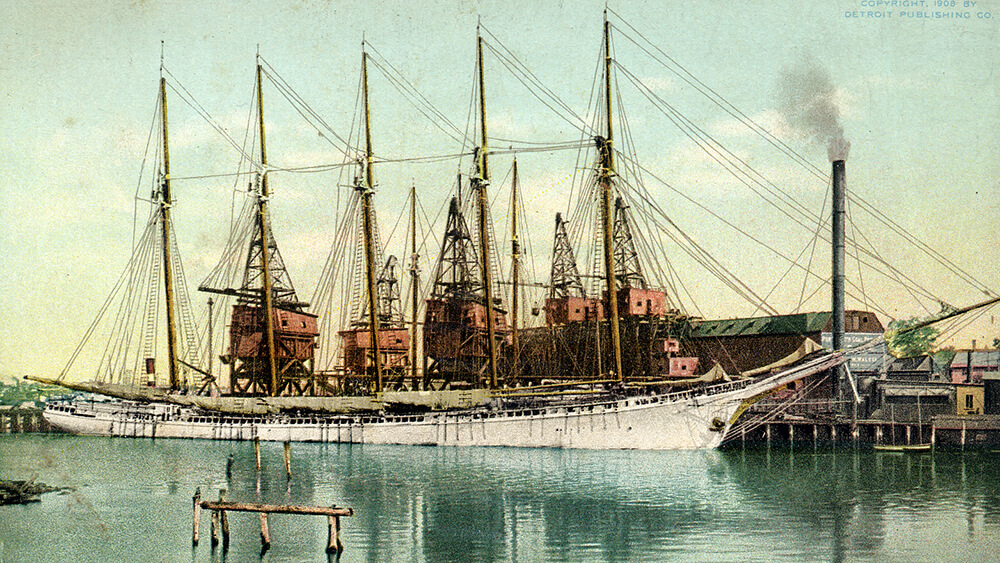
Ship Stats
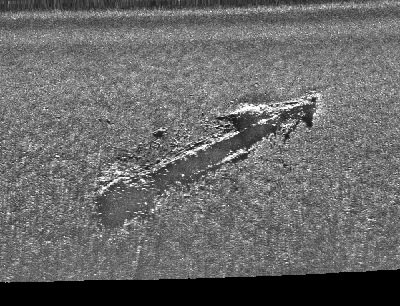
Depth: 80 feet
Length: 276.1 feet Breadth: 44.2 feet
Depth of Hold: 24.4 feet
Built: 1902 wooden, five-masted schooner, George F. Welt, Waldoboro, Maine
Cargo Capacity: 3,500 tons (average)
Port of Registry: USA
Owner: William F. Palmer (original); J.S. Winslow and Company, Portland, Maine (1911)
Date Lost: June 15, 1913
Crew: 11 + 2 passengers
Sunk By: Fire Survivors: 13 of 13
Data Collected on Site: Scuba surveys, photography, video
Significance: Called the unlucky "hoodoo" schooner, Paul Palmer set sail on the last leg of its last trip on Friday, June 13, 1913. A fire on board eventually led to its sinking, close to Cape Cod on Stellwagen Bank. This wreck is listed on the National Register of Historic Places.
Present Day
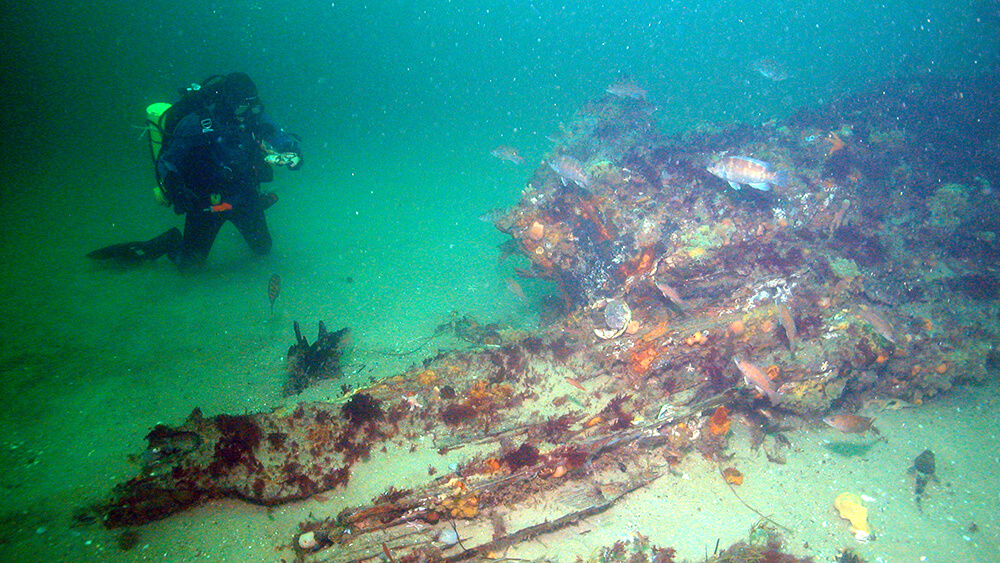
Its shallow depth allows for sanctuary divers to document the wreck of Paul Palmer, although years of fishing activity have significantly disturbed the site. Another of the great coal schooners, like Frank A. Palmer and Louise B. Crary, this vessel has also been listed on the National Register of Historic Places. Dive missions to the wreck have brought back photos of lush invertebrate growth on the remaining timbers. Additional missions have been made to remove entangling nets and lines on parts of the wreck, including its windlass.
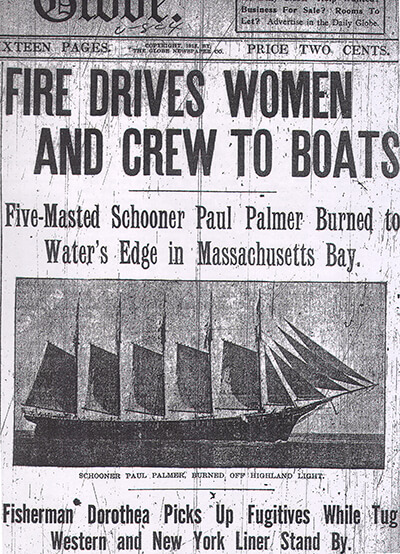
Historical Background
Paul Palmer departed Rockport, Maine on Friday, June 13, 1913 without a cargo. Onboard were 11 crew members, Captain H. R. Allen, his wife, and a female guest. The lighthouse keeper at Highland Light observed the schooner on fire off Race Point on June 15, 1913. Unable to quench the blaze with Palmer's own fire pump and the assistance of a tug, the crew abandoned ship and were picked up by a waiting fishing schooner. Palmer burned to its waterline and then sank.
In its first years, the ship was part of a fleet of coal schooners owned and managed by William F. Palmer and built by George L. Welt of Waldoboro, Maine. The 15 ships all had white hulls and were known as the "Great White Fleet."
After William F. Palmer's death in 1909, fleet management was passed to J.S. Winslow and Company. The hulls of all of the "Great White Fleet" were painted black after the transfer.
Over the course of its 12-year career, Paul Palmer carried an estimated 280,000 tons of coal in 80 cargos.
